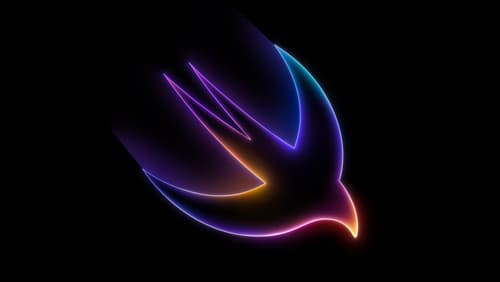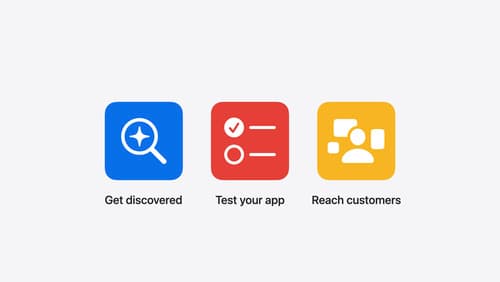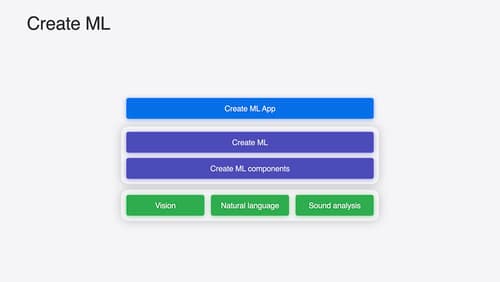how do I create an app
Asked on 2024-08-31
1 search
To create an app, you can start by defining its core features and understanding the user experience you want to deliver. Here are some steps and resources from WWDC sessions that might help you:
-
Define Your App's Personality: Consider the voice and tone of your app. Imagine your app as a person and define its unique personality traits. This can help in creating a consistent user experience. You can learn more about this in the session Add personality to your app through UX writing (05:32).
-
Core Features with App Intents: Use the App Intents framework to bring your app's core features to users. This includes creating shortcuts, widgets, and controls that integrate with Spotlight and Siri. Check out the session Bring your app’s core features to users with App Intents (08:01) for more details.
-
Machine Learning Integration: If your app involves machine learning, you can use Create ML to build and deploy models. The session What’s new in Create ML (01:41) provides insights into customizing machine learning models for your app.
-
App Store Connect: Once your app is ready, you can use App Store Connect to manage its distribution and promotion. The session What’s new in App Store Connect (01:38) explains how to submit your app for featuring and manage nominations.
These resources should give you a good starting point for creating an app and integrating it with Apple's ecosystem.

Platforms State of the Union
Discover the newest advancements on Apple platforms.

What’s new in App Store Connect
Explore new features for discovery, testing, and marketing. Find out how to nominate your apps for featuring on the App Store, share exciting moments (like a version launch) with marketing assets generated for you, deep link to specific content in your app from custom product pages, use the latest enhancements to TestFlight, and more.

What’s new in Create ML
Explore updates to Create ML, including interactive data source previews and a new template for building object tracking models for visionOS apps. We’ll also cover important framework improvements, including new time-series forecasting and classification APIs.
